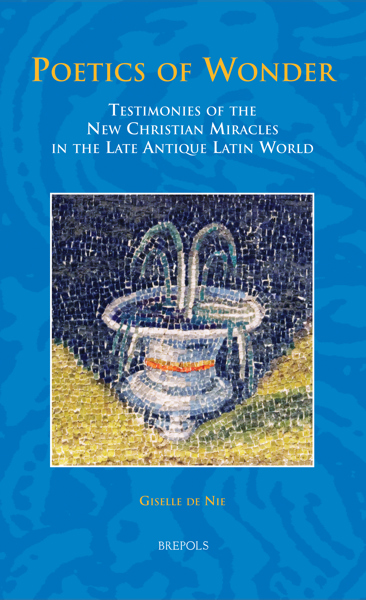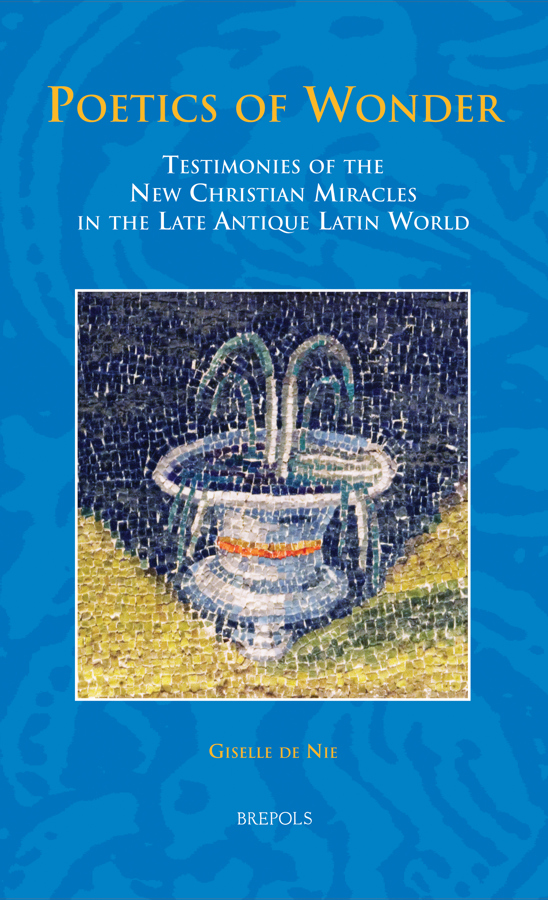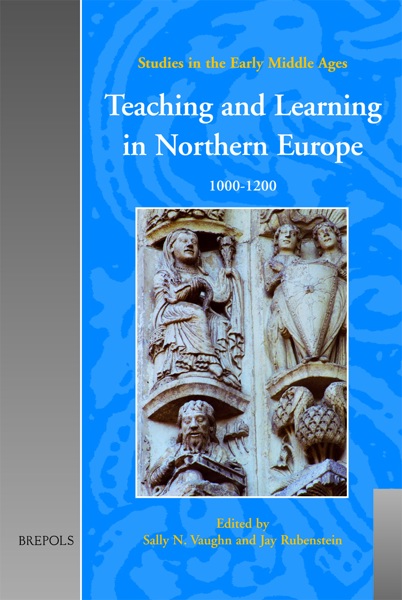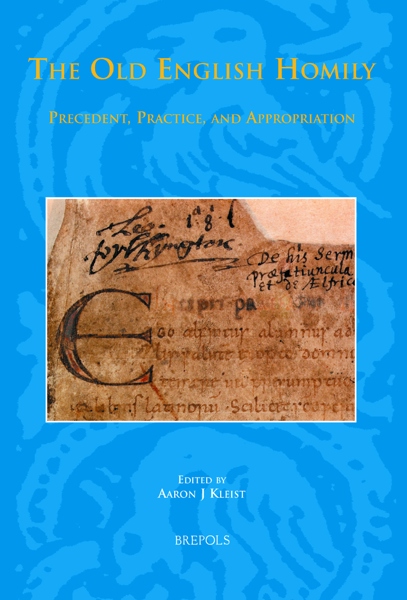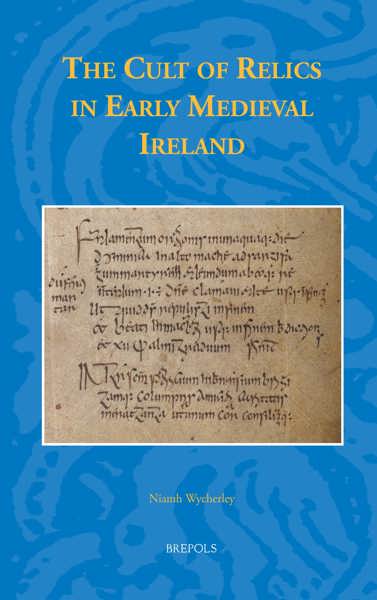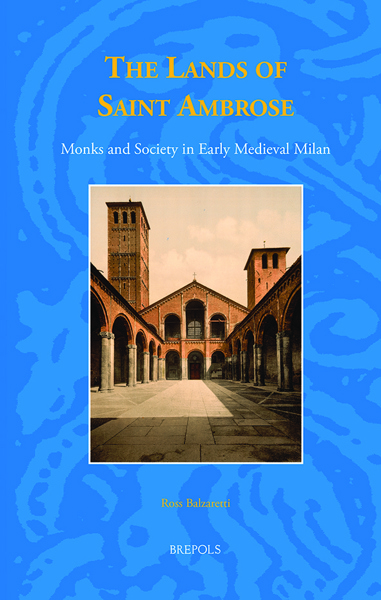
Poetics of Wonder
Testimonies of the New Christian Miracles in the Late Antique Latin World
Giselle de Nie
- Pages: xii + 530 p.
- Size:156 x 234 mm
- Illustrations:8 b/w
- Language(s):English, Latin
- Publication Year:2012
- € 155,00 EXCL. VAT RETAIL PRICE
- ISBN: 978-2-503-53148-9
- Hardback
- Available
- € 155,00 EXCL. VAT RETAIL PRICE
- ISBN: 978-2-503-55904-9
- E-book
- Available
This book examines the return of Christian miracles to the public psyche after centuries of absence. By tracing late antique perceptions of their transformative experience, the work investigates how imaginative representations of miracles induced similar experiences in contemporary audiences and reflects upon modern manifestations of such phenomena.
"It is also a brave book. de Nie confronts one of the most challenging problems of modern academics: How do we interpret reported evidence for historical experiences of religion, especially when the evidence refers to supernatural causes?" (Lisa Bitel, in: The Medieval Review, 14.05.04)
"(...) cet ouvrage très stimulant se lit avec beaucoup d'intérêt et de plaisir et montre magnifiquement le rôle charnière de cette période 380-460 qui prépare et annonce l'univers mental de Grégoire de Tours." (Sylvie Labarre, dans: Revue des Etudes Augustiniennes et Patristiques, 2014, 60/1, p. 165)
"This rich and imaginative book has much to offer scholars of late antiquity, and indeed of other periods." (Sophie Lunn-Rockliffe, in: The Journal of Ecclesiastical History, Volume 65/4, October 2014)
"By appealing to current theories about the body-mind connection and its role in healing and applying them to a reading of the images that became an essential part of the account of the new miracles taking place in late antiquity in the West, she progressively esases the reader into the conceptual and experiential world of the distant past. In the process she demonstrates the value of expanding the late-antique historian's repertoire to include theories, tools, and models from the cognitive and neuro-sciences, while offering a less commonly evoked perspective on the emergence of the cult of the saints." (Wendy Mayer, in: Revue d'Histoire Ecclésiastique, 2014, 109/3-4, p. 276-279)
The unexpected return of contemporary public Christian miracles in the late antique Latin west, after a centuries-long assumption that these had ceased after apostolic times, helped to create a religious mentality there that would continue to characterize the western European Middle Ages. While the social and political functions of the new miracles have been gaining greater scholarly attention, this study is the first in-depth treatment of their experiential dimension. It examines this dimension in the first reactions to the new phenomenon – enthusiasm, puzzlement, deep suspicion, and outright rejection – as they are reflected and, especially, imagined in the earliest contemporary narrative and poetic sources that describe them. And it traces how the new imaginative representations transformed, for many, the up to then precept-centered way of thinking about religion into one that immersed itself in the supralogical dynamics of symbolic images. The tendency of these image-clusters to precipitate transformations, not only in perception but also in physical condition, is examined for the period from 386, when a first public miracle caught everyone’s attention in the ostensibly flourishing Christian Roman Empire, to c. 460, when this empire was crumbling under the onslaught of Germanic tribes.
Prologue. Discovering and Imaging the New Experience
Introduction. Modern Views and the Early Christian Tradition about Miracles
Chapter 1. ‘The Miracles of Ancient Times Are Renewed’: Enthusiasm, Doubt, and Resistance Around the Year 400
Chapter 2. ‘Empty Superstitions’? Sulpicius Severus’s Defence of a Living Saint’s Deeds of Power
Chapter 3. ‘Conceive Divine Apprehensions’: Paulinus of Nola’s Envisioning of a Dead Saint’s Miracles
Chapter 4. ‘Healing the Eyes of the Heart’: Augustine’s Views on Miracles up to c. 424
Chapter 5. ‘A New Face’: Discovering/Dreaming a Saint in Early Fifth-Century North Africa
Chapter 6. ‘Instead of a Document, a Face’: Augustine on the Martyrs’ New Miracles
Chapter 7. ‘Let All Perceive What Mysteries Miracles May Teach our Souls’: The Miracle Story as Sacrament in Sedulius’s Paschal Song
Chapter 8. ‘You Will See Him Present Through his Power’: Refiguring Saint Martin’s Miracles in Troubled Fifth-Century Gaul
Epilogue. Poetics of Wonder
Bibliography
Indices
